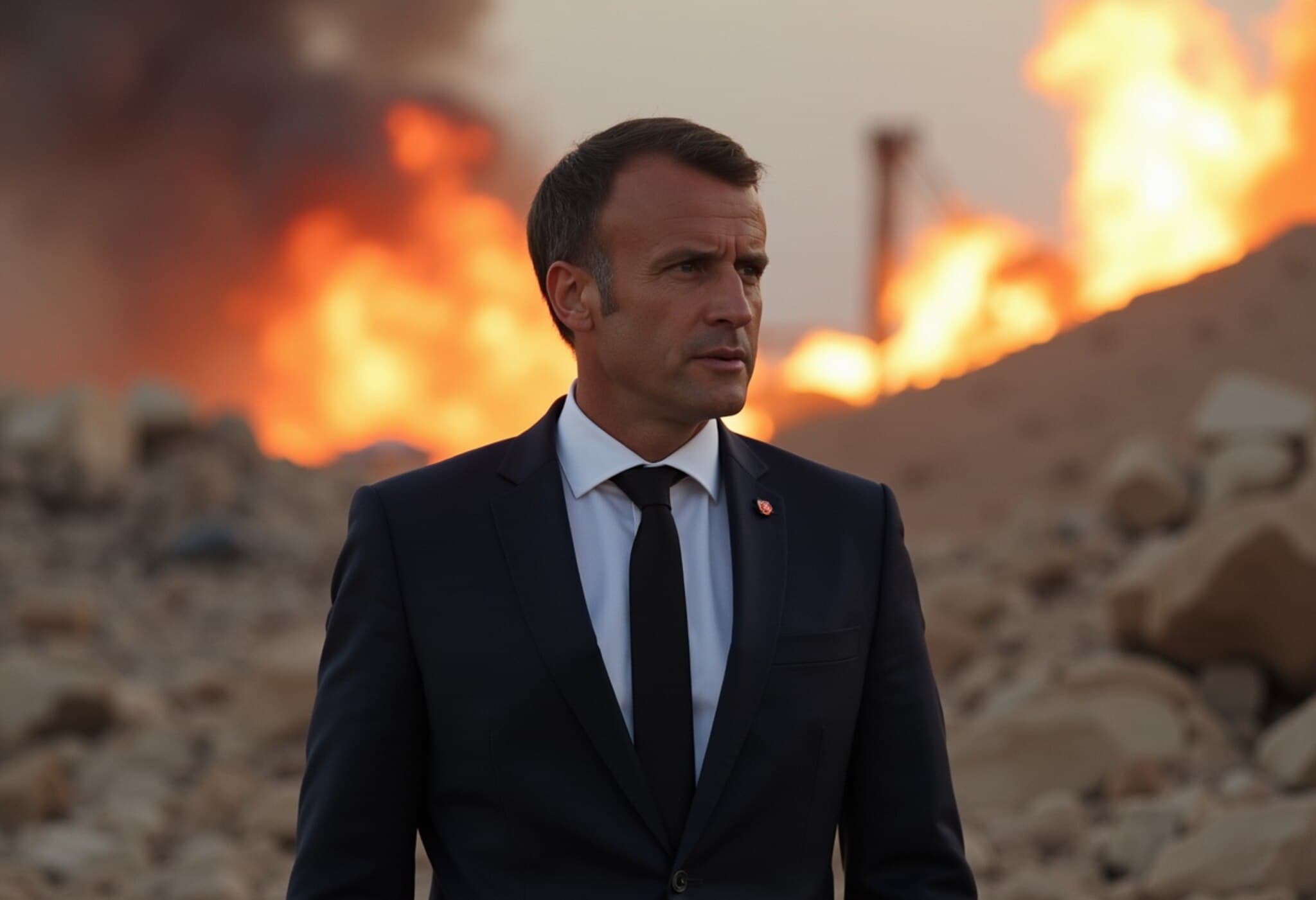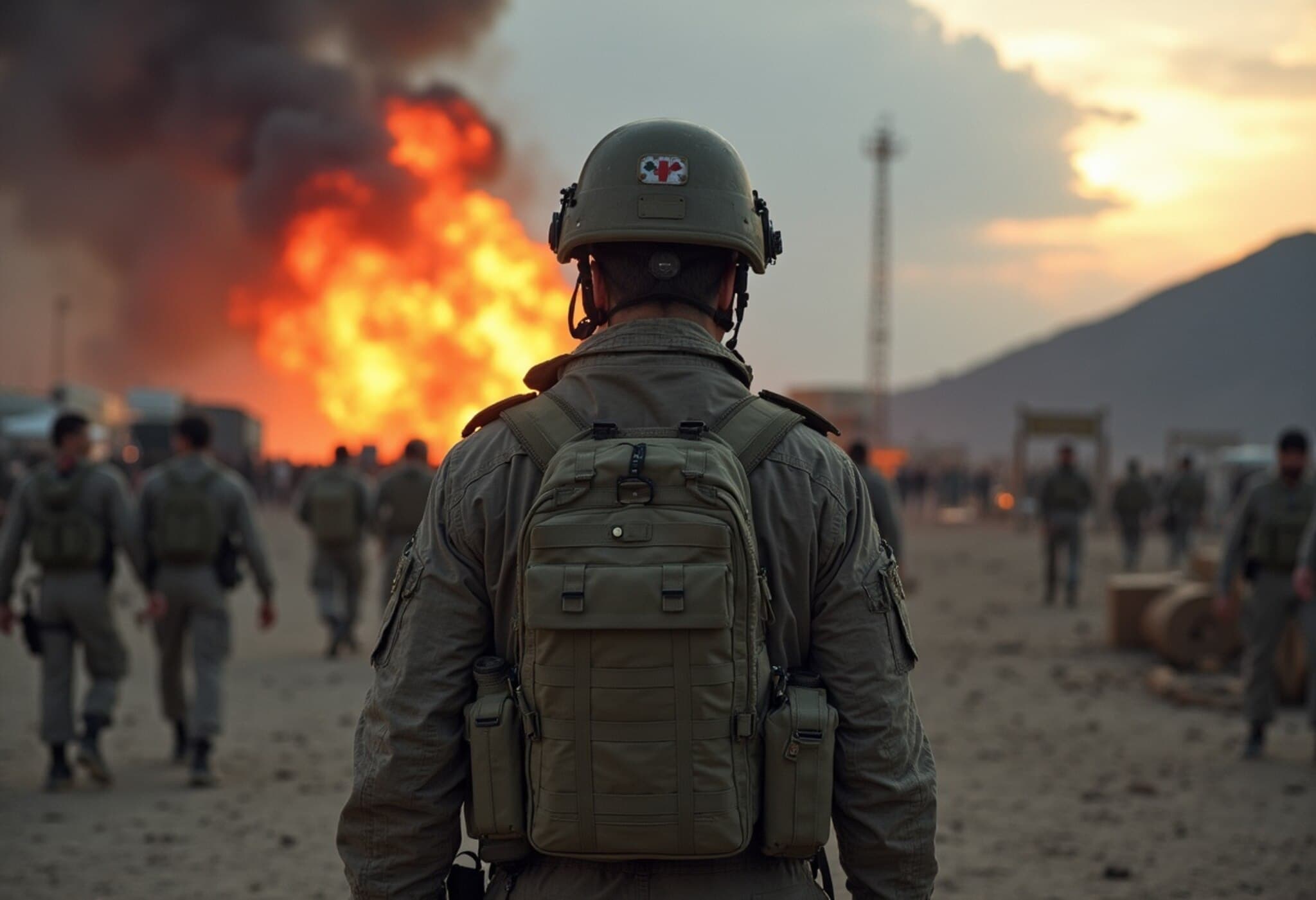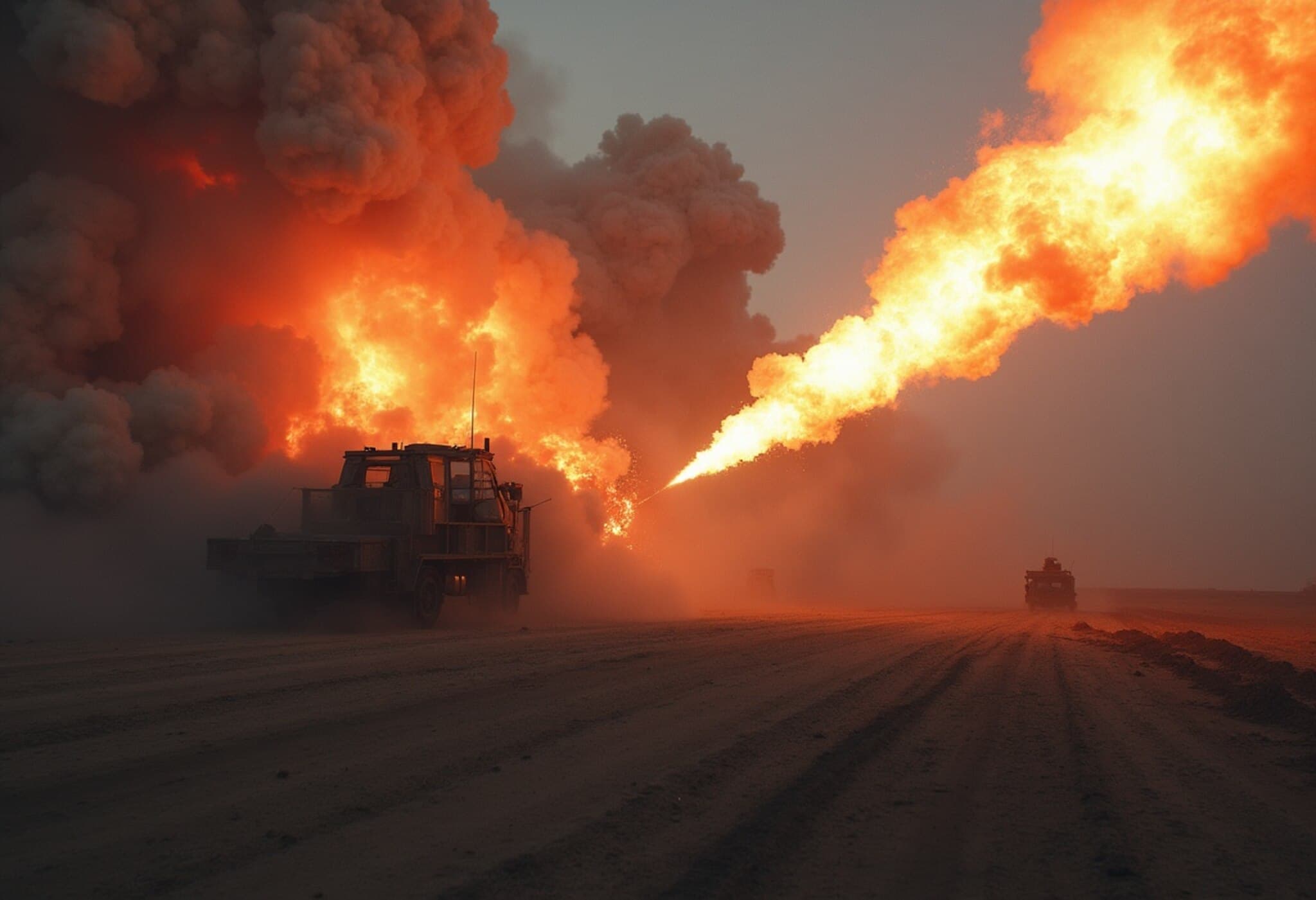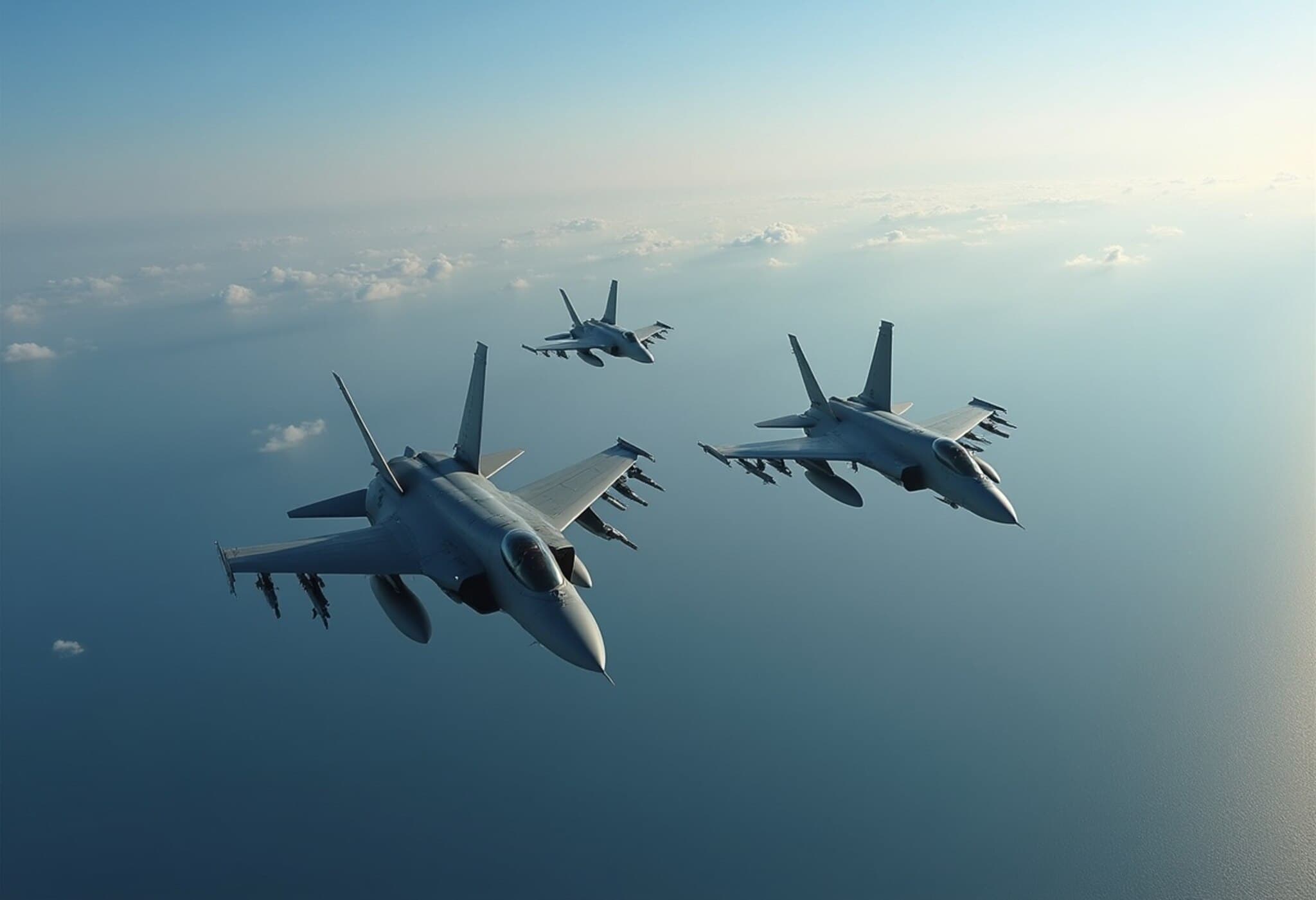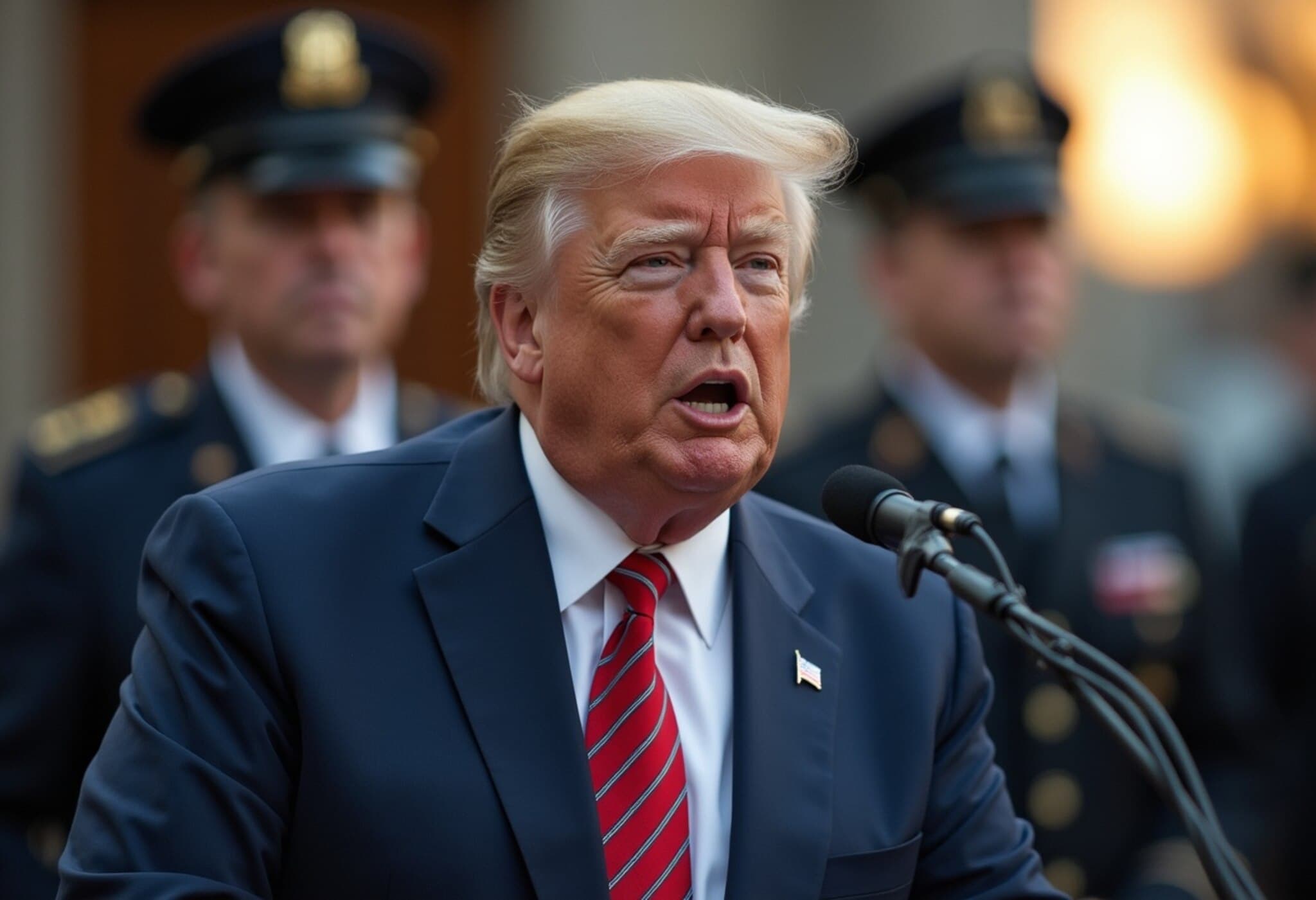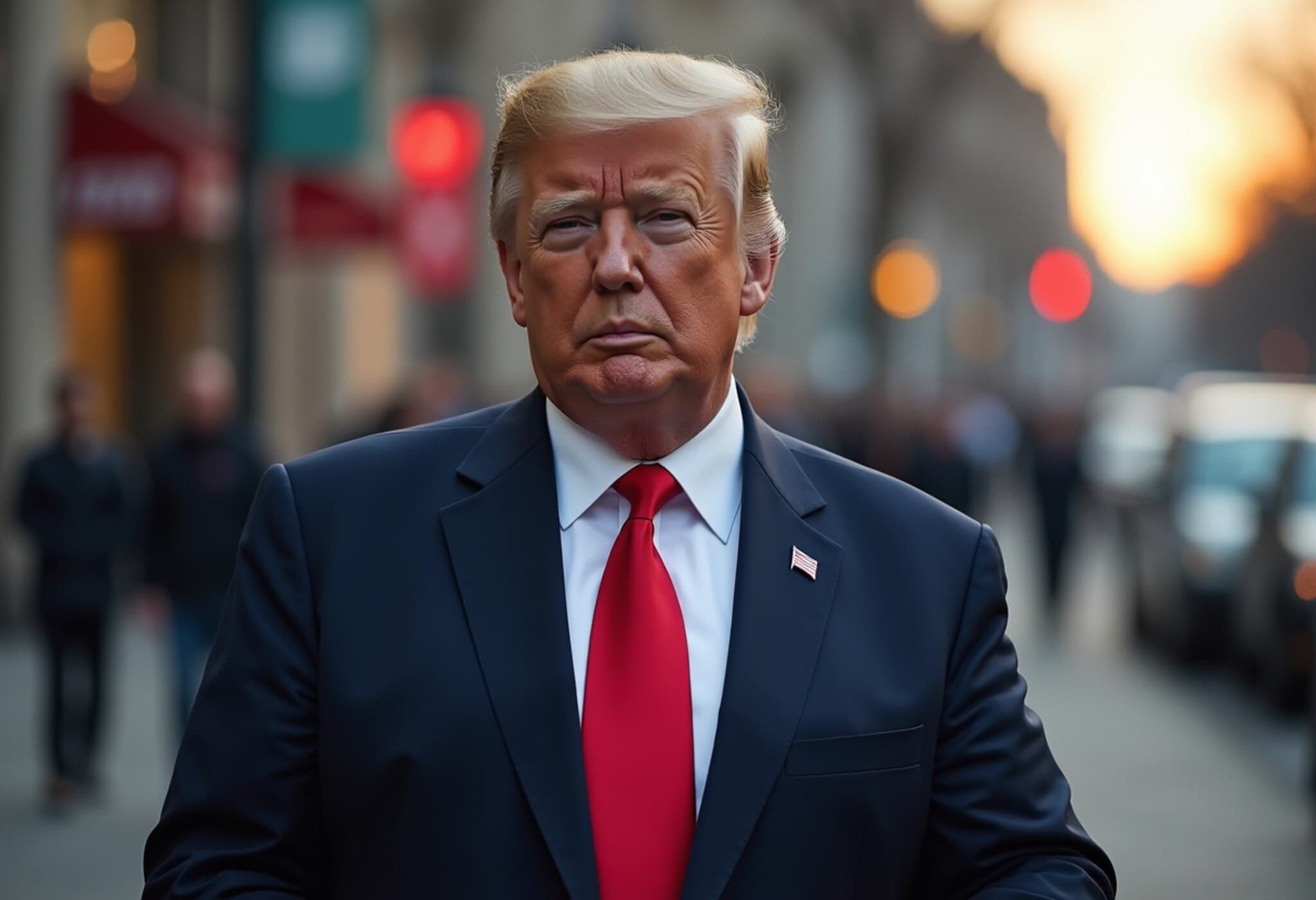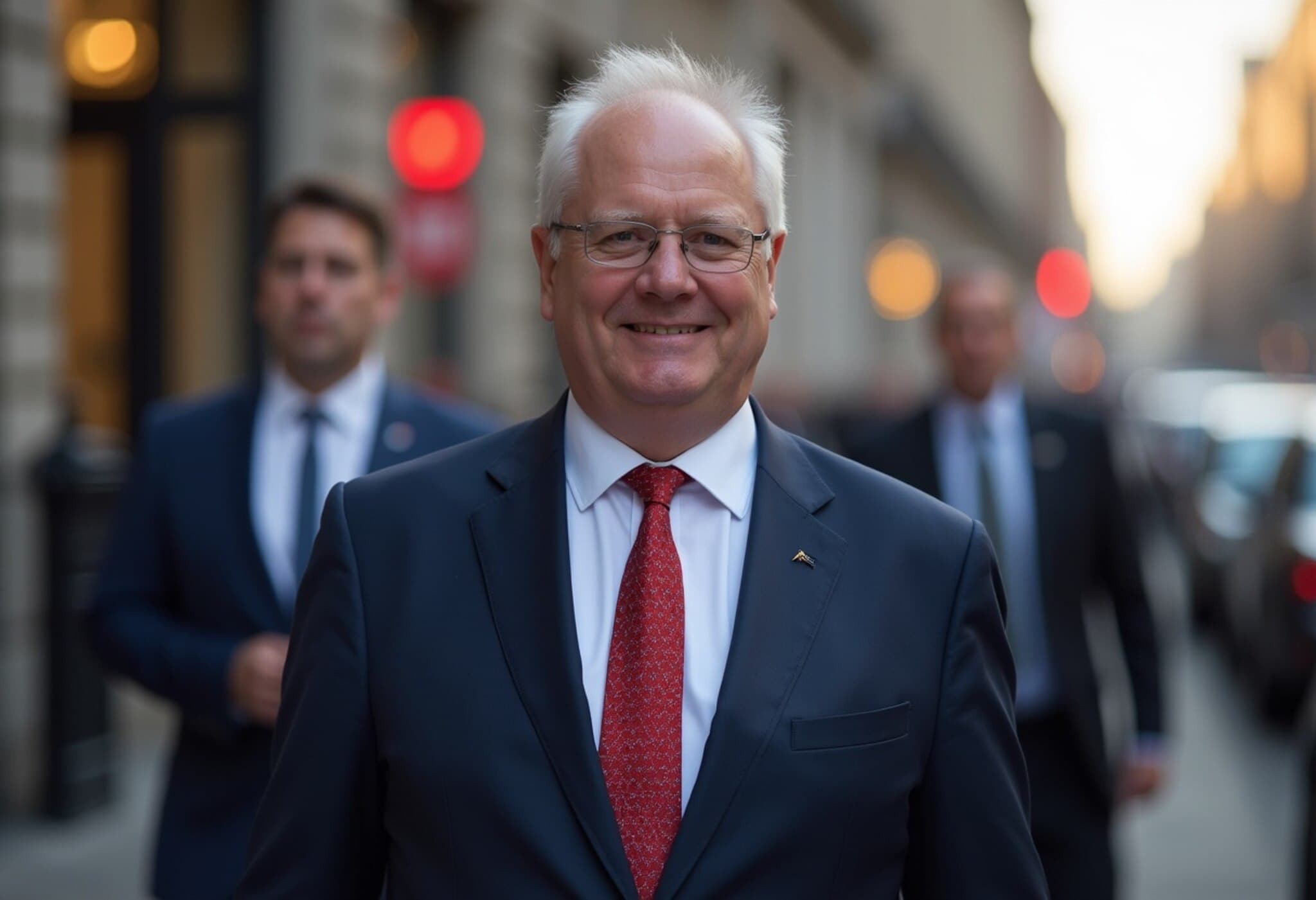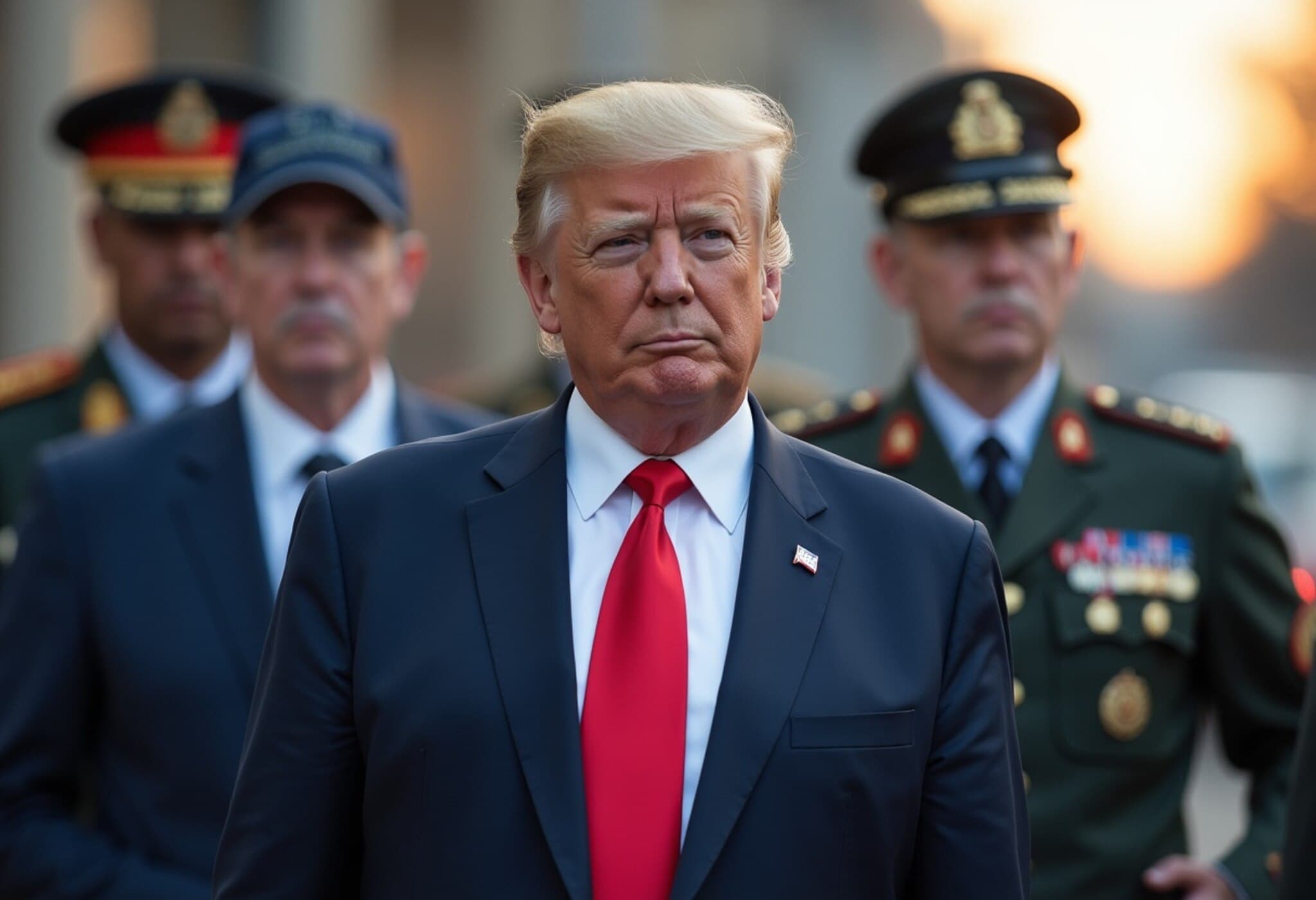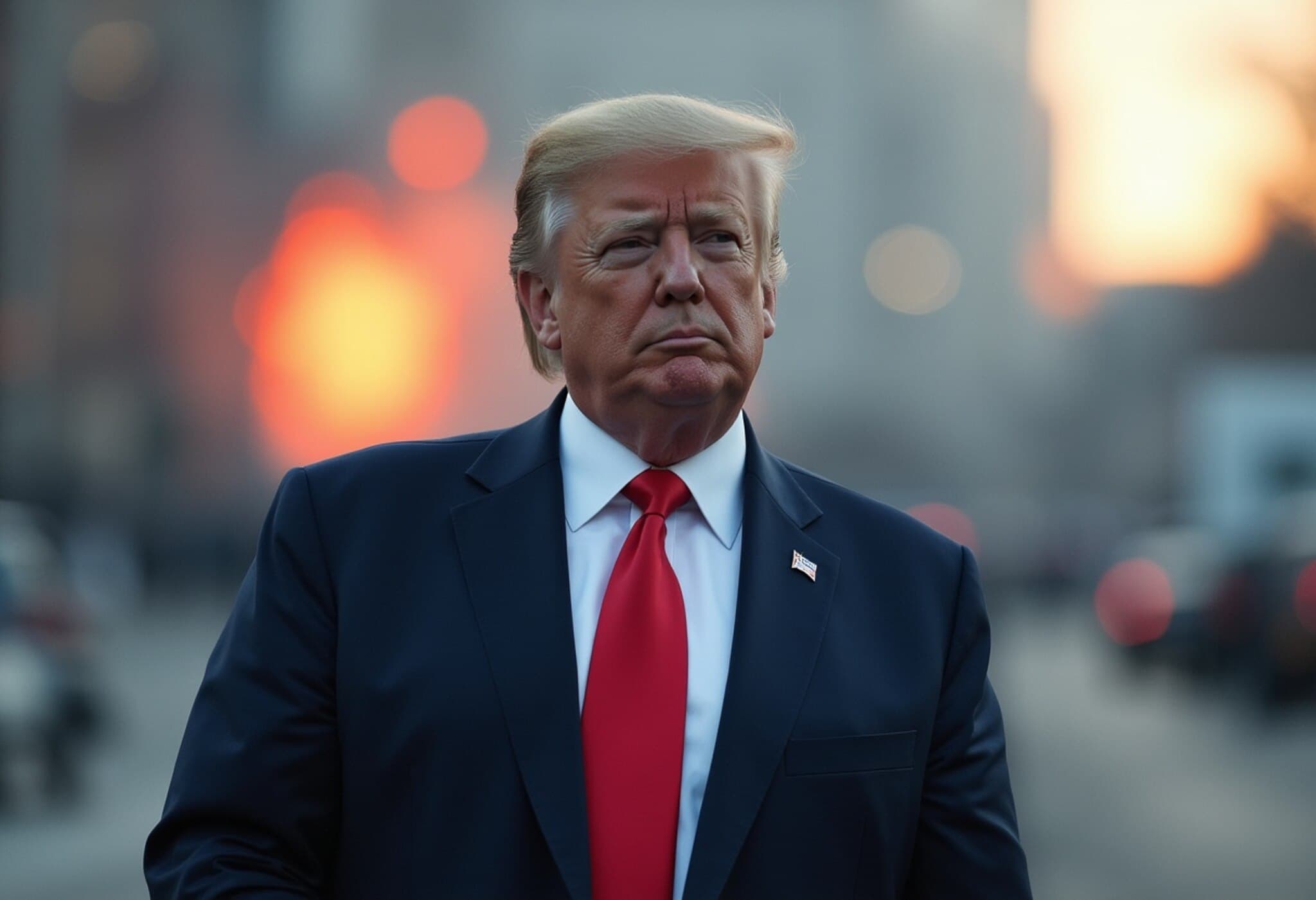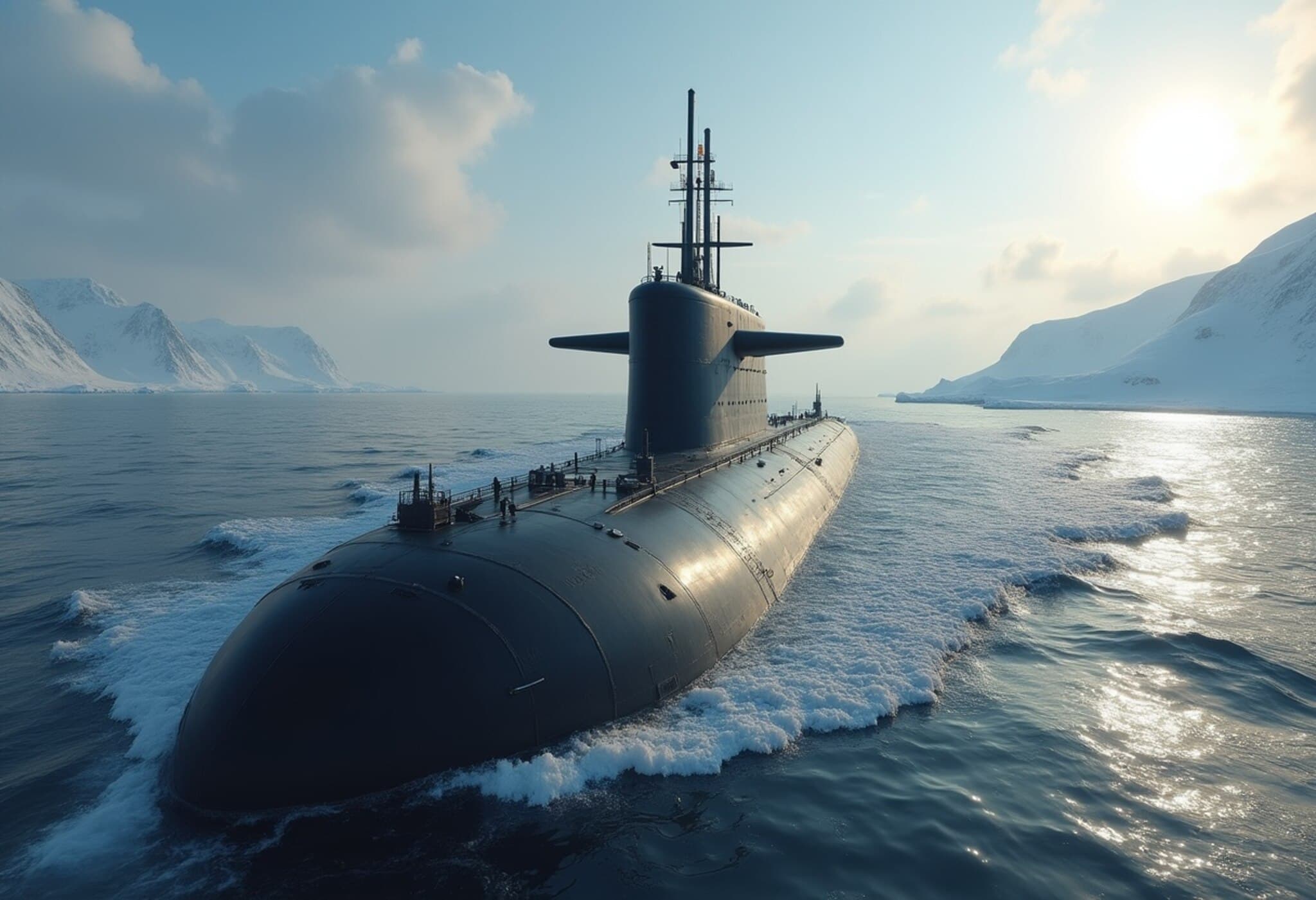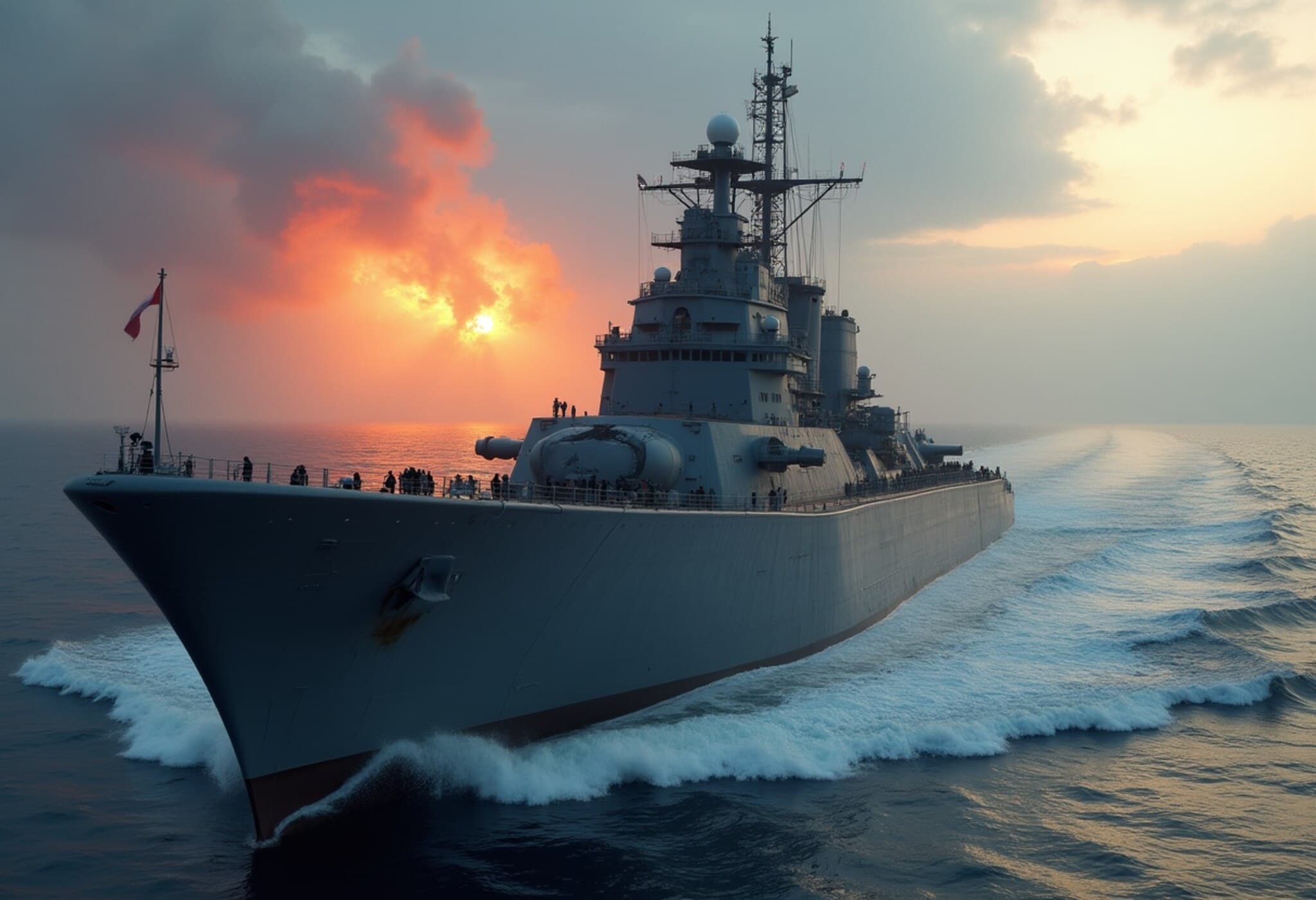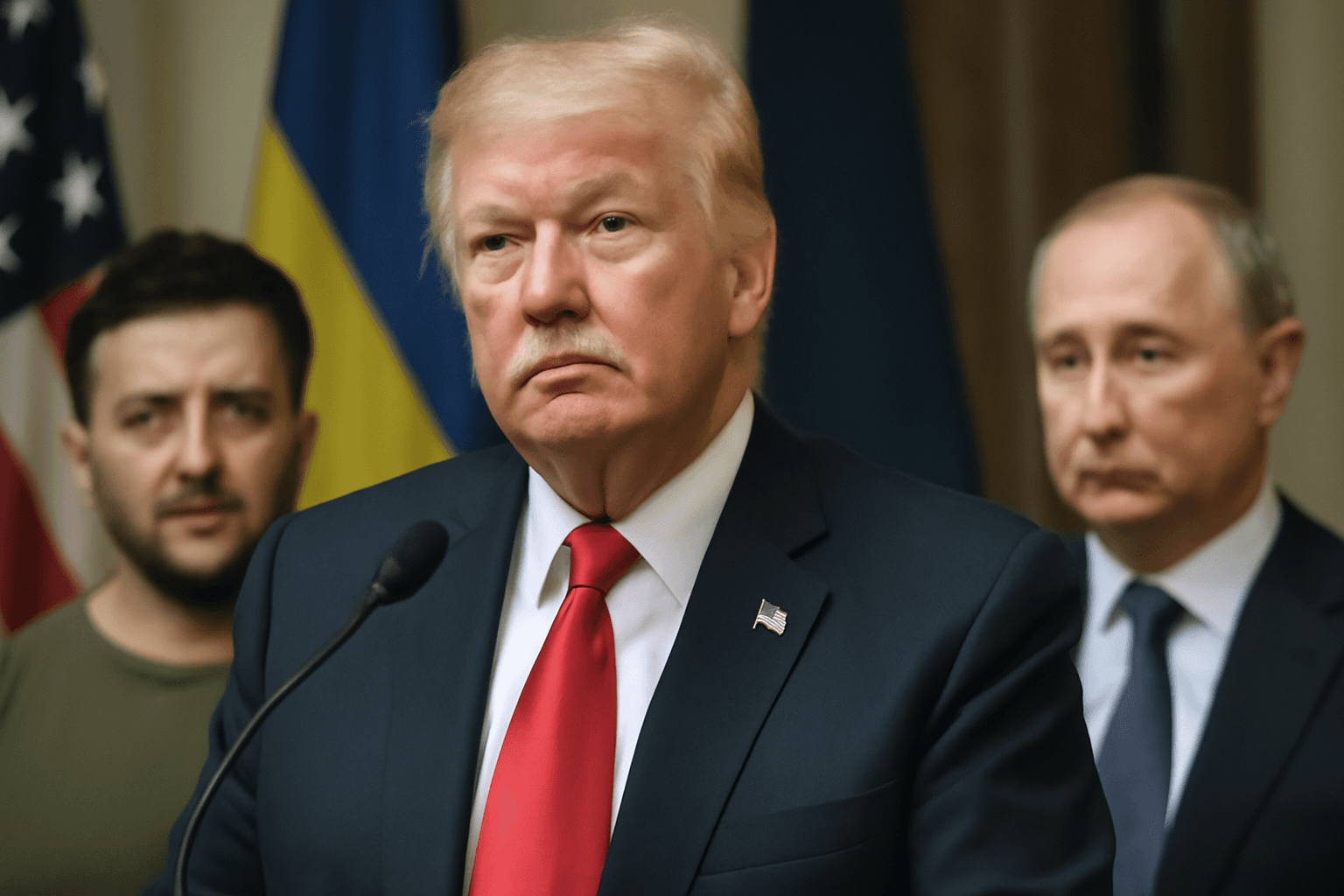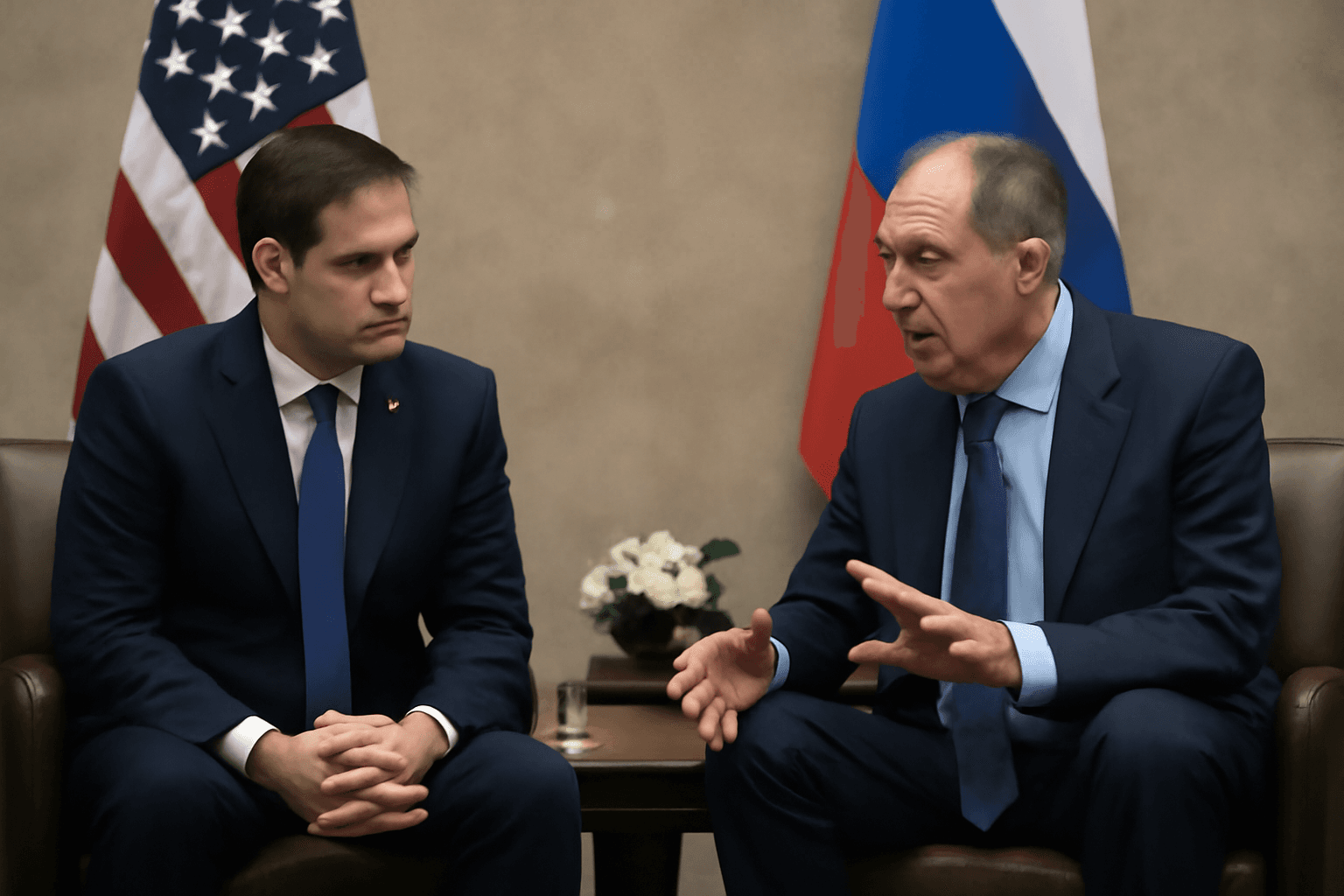Russia Dismisses US Submarine Movements, Boasts Superior Nuclear Fleet
As global tensions simmer, Russia has boldly asserted that its nuclear submarine fleet outnumbers that of the United States, downplaying recent moves by the US administration to redeploy nuclear submarines to strategic zones. The provocative back-and-forth between Moscow and Washington highlights once again the enduring shadow of Cold War rivalry, now amplified through social media theatrics and military signaling.
Russian Officials Brush Off US Redeployment Order
In response to US President Donald Trump's recent order to reposition two nuclear submarines to "appropriate regions," Russian State Duma member Viktor Vodolatsky told the state-run TASS news agency that this maneuver was fully anticipated by Russian intelligence. He emphasized that American submarines have been under Russian surveillance for some time, reducing the need for any immediate Russian military counteraction.
"The number of Russian nuclear submarines spread across the world's oceans significantly exceeds those of the US," Vodolatsky said. "So, there is no necessity to respond to President Trump's statement about the US submarines." His remarks also contained a subtle warning: "Let the two US subs sail; they have been in our crosshairs for a long time now."
The Strategic Calculus Behind the Submarine Standoff
This exchange of statements follows a provocative comment from Dmitry Medvedev, former Russian President and current deputy head of the Russian Security Council, which appears to have triggered President Trump's move. Trump's Truth Social announcement suggested the repositioning was a direct response to Medvedev's remarks, underlining how intertwined modern diplomacy and digital communication have become.
Calls for Restraint Amid Escalating Rhetoric
While headlines have sparked concerns of rising nuclear confrontation, prominent Russian foreign policy expert Fyodor Lukyanov advises caution. As editor-in-chief of Russia in Global Affairs, Lukyanov characterized Trump's submarine redeployment as largely performative, driven by his penchant for spontaneous, emotionally charged statements rather than concrete military strategy.
"The US naval forces likely view this announcement with surprise," Lukyanov noted in an interview with RBC TV, adding that unless this verbal exchange escalates into tangible military moves, it remains primarily a war of words.
The underlying message from Moscow also reflects a broader desire for dialogue. Vodolatsky advocated for a fundamental agreement between the US and Russia to stabilize global security and diminish fears about a potential World War III.
Contextual Insights: What This Means for Global Security
- Strategic Balance: Russia’s claims emphasize its commitment to maintaining parity in nuclear deterrence, especially in contested maritime domains.
- Geopolitical Signaling: The redeployment and ensuing statements serve as communicative signals aimed at multiple audiences—domestic, allied, and adversarial alike.
- Risk of Escalation: Though currently rhetorical, such exchanges bear the risk of miscalculation, underscoring the necessity for diplomatic backchannels.
- Media’s Role: Platforms like Truth Social add unpredictability to diplomatic messaging, challenging traditional protocols in international relations.
Expert Commentary: Navigating the 21st Century Nuclear Landscape
The undersea domain has become a critical theater for nuclear deterrence due to the stealth and survivability of submarines. A shift in submarine deployments signals evolving strategic postures that can change the risk calculus instantaneously. Experts urge policymakers and the public to interpret these developments within the larger framework of arms control agreements, emerging technologies, and geopolitical interests.
In the American context, this submarine redeployment reflects ongoing concerns about Russia’s assertiveness on multiple fronts—from Eastern Europe to the Arctic. It also highlights the complex challenge of managing competition without devolving into open conflict. For Russia, asserting undersea dominance projects strength to both internal audiences and international competitors, reinforcing its great-power status.
Looking Ahead: Managing Military Messaging in a Volatile Era
As we track this nuclear submarine narrative, the question remains whether recent exchanges will lead to concrete operational shifts or settle back into rhetorical posturing. The global community watches closely, mindful that beneath the waves lurks a silent deterrent capable of changing world history.
Key Points to Watch:
- Will diplomatic channels facilitate a de-escalation framework amid high tensions?
- How might emerging technologies alter submarine detection and deterrence paradigms?
- What role do social media platforms play in shaping real-time international security dialogues?
Editor's Note
This submarine standoff serves as a reminder that nuclear deterrence now operates within a complex network of traditional military capabilities, media influence, and political brinkmanship. While the public might see headlines peppered with threats and bravado, savvy observers recognize the layered interplay of strategy and signaling at work. As tensions simmer, sustained dialogue and transparency remain essential to prevent misunderstandings that could have catastrophic consequences.
In a world where digital platforms amplify every statement, distinguishing between performative posturing and genuine military intent becomes ever more critical. Vigilance by policymakers and informed engagement by citizens alike are vital to navigate this precarious chapter in global security.


